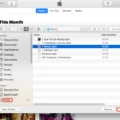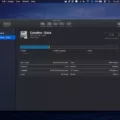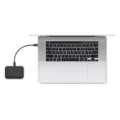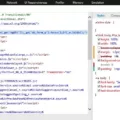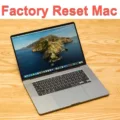If you have a Mac that won’t boot, then it can be a stressful situation. You could have important files or documents stored on the computer and you don’t want to lose them. Fortunately, it is possible to recover data from a Mac that won’t boot.
First, you should try to determine why your Mac won’t boot. If it is due to a software issue, such as a corrupted operating system or an application not working correctly, then you may be able to fix the issue by starting up in Safe Mode or reinstalling the OS. If this doesn’t work, then you will need to look at other options for recovering your data.
One option is to use target disk mode. This allows you to connect your non-booting Mac (the “target disk”) with another Mac (the “host”). The host computer will be able to access the internal hard drive of the target disk and can copy any data off of it. To do this, you will need a Thunderbolt cable and both computers must be turned on and connected via the cable while holding down the T key on the keyboard of the target disk.
Another option is using an external hard drive enclosure. This is used by connecting your non-booting hard drive into an external enclosure which can then be connected to another computer via USB or Firewire cable. The external hard drive enclosure acts as an adapter for connecting non-standard drives with other computers so that you can access them and copy off any needed data.
The last option for recovering data from a non-booting Mac is using professional data recoveries software such as Data Rescue 4 or Disk Drill Pro. These programs are designed specifically for retrieving lost or deleted files from damaged storage devices and can often recover data even if the drive itself cannot be accessed normally.
No matter which method you choose, recovering data from a non-booting Mac isn’t always easy but it is possible if you take the right steps and use the right tools. With some patience and luck, you may be able to save important files from your malfunctioning machine!
Retrieving Data from a Non-Bootable Mac
If your Mac won’t boot up properly, there are several ways to get data off of your Mac. The most straightforward way is to put your Mac into “Target Disk Mode”. To do this, you’ll need a working Mac and a Thunderbolt cable (or a USB-C type of Thunderbolt 3 cable if your Mac is relatively new).
First, turn off the non-working Mac and connect it to the working one with the Thunderbolt cable. Power on both Macs and hold down the T key while powering on the non-working Mac. This will put it into Target Disk Mode, which will make its internal drive appear as an external drive on the working Mac. You can then copy any files you need from the non-working Mac onto the working one.
Another option is to use an external hard drive to retrieve data from a non-working computer. You can connect an external hard drive to your non-working computer and copy any files you need onto it. Once done, you can then connect that same external hard drive to another computer and access those files there.
Finally, if none of these options are available, there are professional data recovery companies that can help you recover data from a broken or malfunctioning computer.
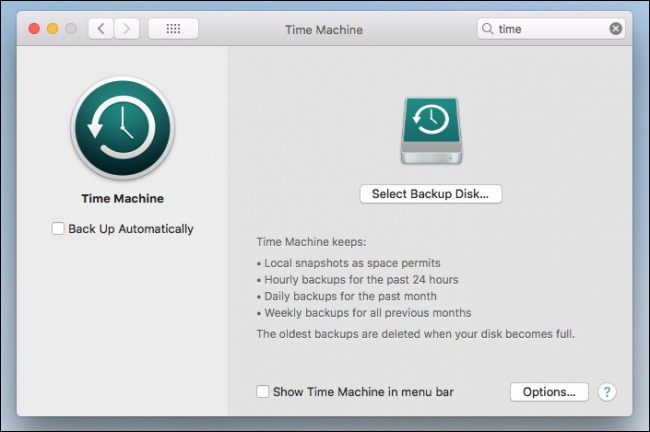
Recovering Data From a Dead Mac
To recover data from a dead Mac, you’ll need to use a bootable disk. First, insert the bootable disk into your dead Mac. Then, restart the Mac by pressing the Power button and pressing and holding the Option key immediately. When you’re in the startup manager screen, release the key and select RecoveryDrive. Press Return and wait for it to finish loading. Once it has finished loading, you’ll be able to access the data on your Mac and copy any data you need to an external hard drive or another storage device. Be sure to back up any recovered files in case of future data loss.
Recovering Data From a Non-Bootable Computer
If your computer won’t boot, you may be able to recover your data by following the steps below.
1. Obtain an external hard disk enclosure: This is an external casing for a hard drive that connects to your computer via a USB cable. It allows you to access the internal components of the hard drive even if the computer won’t boot.
2. Uninstall the non-booting hard drive: Before you can install it in the external enclosure, you will need to unplug it from your system and remove it from the casing.
3. Install a hard drive in the external enclosure: Place the hard drive into the enclosure and make sure all connections are secure.
4. Connect USB and power cables: Plug in both power and USB cables to the external enclosure and your computer or laptop.
5. Recovering data: Once connected, use recovery software such as Recuva or Disk Drill to scan for lost files on the non-booting system’s hard drive. These tools are designed to search deep within drives for deleted or corrupted files, so they should be able to find most of your data if it is still intact on the drive.
Transferring Files From a Dead Mac
Yes, it is possible to transfer files from a dead Mac. Apple provides a useful boot mode called Target Disk Mode on Intel-based Macs that can be used to share the internal hard drive of a dead or broken Mac with another Mac for file transfer purposes. To do this, you will need to connect the two Macs with a FireWire or Thunderbolt cable. Once connected, you can restart the dead Mac in Target Disk Mode and then access its hard drive from the other Mac. This will allow you to copy any files you need onto the working Mac.
Transferring Data from a Mac That Won’t Turn On
Yes, it is possible to transfer data from a Mac that won’t turn on. Apple’s Share Disk feature—or Target Disk Mode for Intel Macs—allows you to connect two Macs with a cable and treat one like an external hard drive. This allows you to access and copy files from the non-bootable Mac as if it were an external hard drive. To use this feature, first, make sure your non-bootable Mac is powered on, then connect the two Macs together with a Thunderbolt or FireWire cable. Once connected, turn on the other Mac and press and hold the ‘T’ key while it boots up. When both computers have finished booting, they should be able to see each other and you’ll be able to access the contents of the non-bootable Mac on the other one. From there, you can copy any necessary files off of the non-bootable Mac before disconnecting them.
Transferring Data from a Dead Mac to a New Mac
Transferring data from a dead Mac to a new Mac is easy with the help of a Time Machine. First, connect your Time Machine backup drive to the new Mac. Then, open the Finder app and navigate to the Locations section in the left sidebar. Double-click on the ‘Backups.backupdb’ folder, then select the folder with the name of your broken Mac. This will open a window containing all of your backed-up files from your old Mac. Select which files you would like to transfer and drag them over to your new Mac’s desktop or any other desired location. You can also restore your entire system from this backup by clicking the “Restore System from Backup” button in Time Machine preferences.
Conclusion
In conclusion, Macs are incredibly powerful, user-friendly computers that are well-suited for a wide range of tasks. With their efficient design and intuitive OS, they provide users with the ability to complete everyday tasks quickly and easily. Macs also offer several features to protect user data from accidental loss or theft, as well as several tools for data recovery if needed. Furthermore, there are a variety of tools available for Mac users to customize their experience. All in all, Macs are an excellent choice for any user looking for a reliable and enjoyable computing experience.

